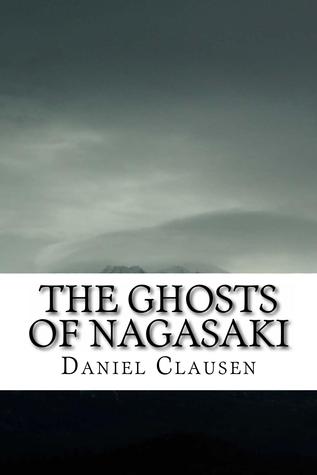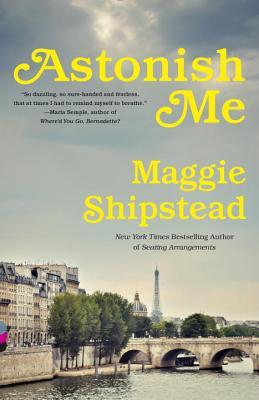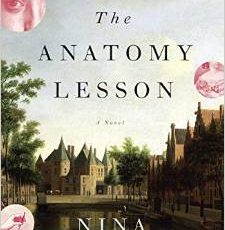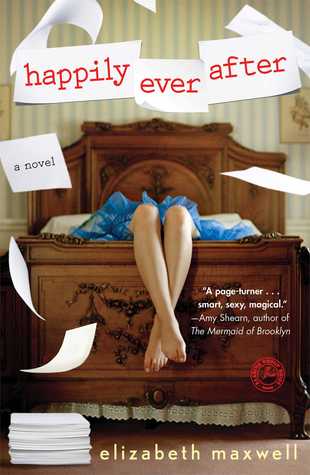This review was originally posted on Goodreads.com and reviews.wheelerc.org on June 27, 2014.
According to the book blurb, this is an “exotic fable for anyone who has ever longed to have, or adopt, a child.”
It is more accurate to understand, this is a book about a pedophile who desperately wants a Sri Lankan boy.
I have no idea if the author was entirely conscious, or conscious at all, of how strongly this theme permeates, then pulsates, through the book. I doubt she was much aware.
This pedophiliac desire of the main character/narrator is masked as the aforementioned longing to have a child of one’s own.
When one reads the text, the desire is clear. This is not the desire to have a child. This is the desire to have a child to have sexual relations with. Specifically, a boy. It’s creepy. Reverse the gender rules and one would not even hesitate to cast stones or see the pedophilia for what it is.
Make it end
The book is bad for a variety of reasons. I will admit, Paula Coston is not a terrible writer. Her prose is palatable, just, her content is not.
At 374 pages, the book goes on and on and on without any, actual, discernible point. I wish Coston’s editor, assuming she had one, would have stepped in and asked her to tighten the book up. There are so many scenes that have no discernible point. So many pointless plotlines. So much pointless writing.




 Another reviewer is entirely baffled as how this book has such incredible reviews. I fall into this reviewer’s camp.
Another reviewer is entirely baffled as how this book has such incredible reviews. I fall into this reviewer’s camp.

 Most of the reviewers make great hay of the surrealism, of the book, its conceit of a person’s personal spirits both existing and being visible by others who, likewise, have their own spirits. Or personal demons. Or, baggage, as many of the more knowledgeable characters point out to the main character, a former English teacher turned businessman.
Most of the reviewers make great hay of the surrealism, of the book, its conceit of a person’s personal spirits both existing and being visible by others who, likewise, have their own spirits. Or personal demons. Or, baggage, as many of the more knowledgeable characters point out to the main character, a former English teacher turned businessman.

 Maggie Shipstead’s second novel, Astonish me, leaves few questions unanswered in a humane and relatable tale set over two generations.
Maggie Shipstead’s second novel, Astonish me, leaves few questions unanswered in a humane and relatable tale set over two generations.

 The second one, which works but I doubt will ever work for any of Maxwell’s readers a second time, is the use of craft to tell a story.
The second one, which works but I doubt will ever work for any of Maxwell’s readers a second time, is the use of craft to tell a story.